
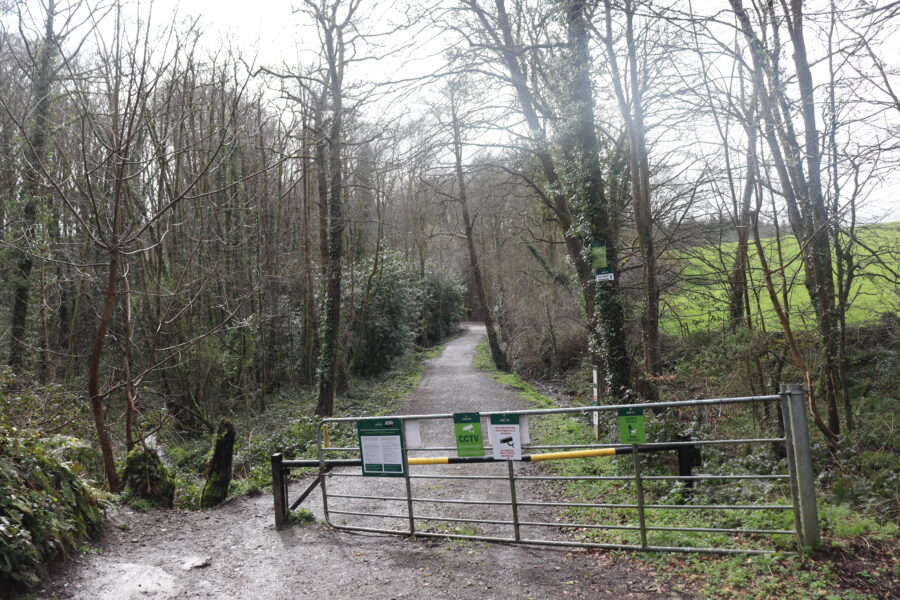
The Golds/Goolds/ Goulds were an old family associated with the city of Cork. George Goold was living at Old Court in the southern suburbs of the city in the mid eighteenth century. The name Old Court may refer to a castellated house built in post medieval times.
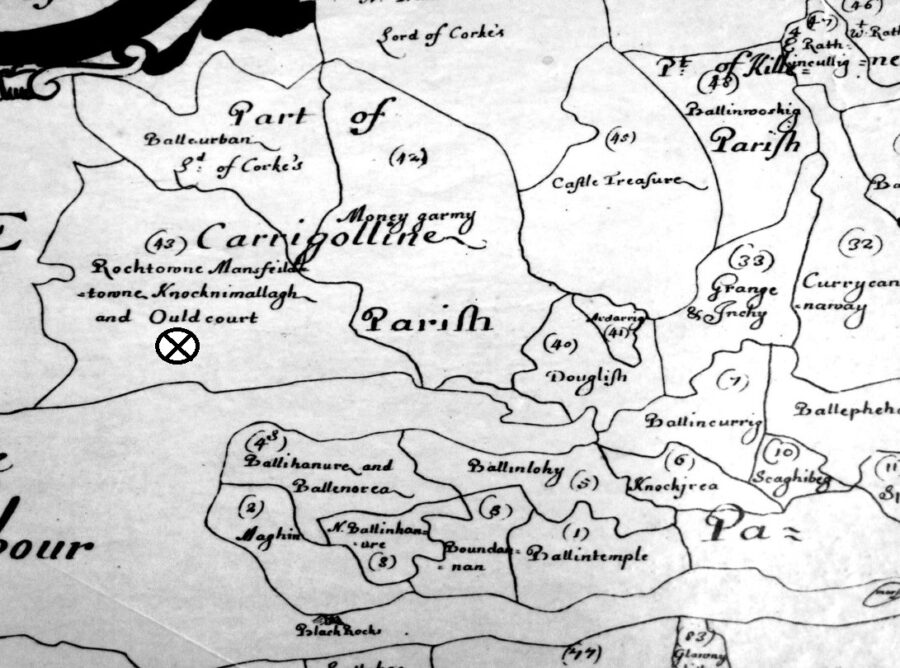
George married Mary Catherine, eldest daughter of James Galway. Their second son, Francis Goold, was created a baronet in 1801 and was succeeded by his nephew George as 2nd Baronet in 1818.

The Goold estate was first advertised for sale in November 1851. It was comprised of over 2,100 acres in county Cork, 2,300 acres in county Tipperary and 277 acres in county Limerick and included the head rent of a number of mansion houses in the Mallow locality of county Cork.

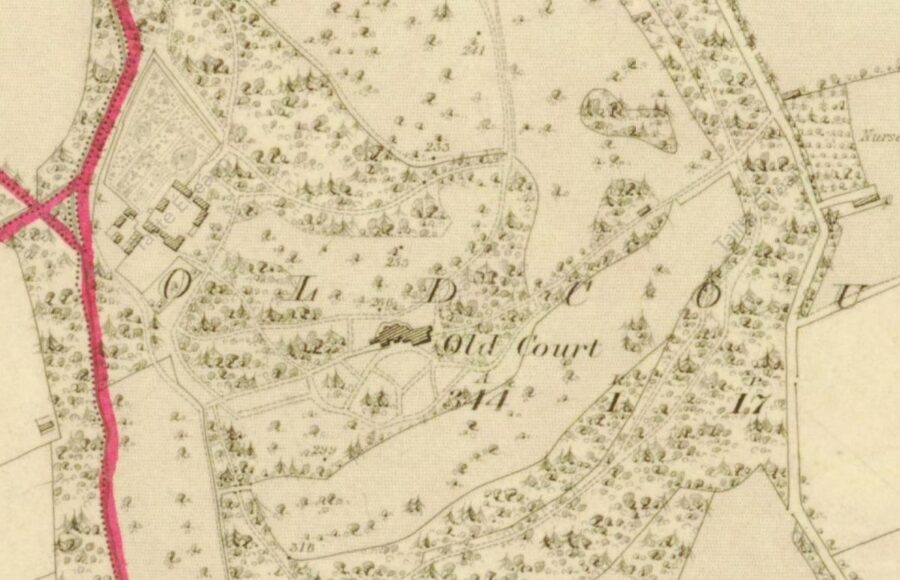
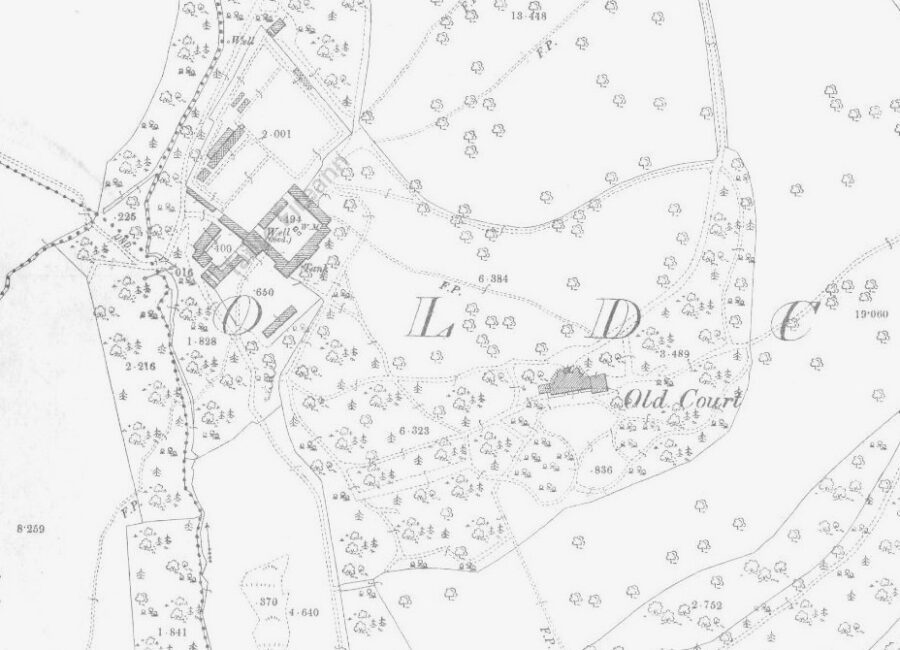
Old Court was the seat of the Goold family baronets until 1852 when it was bought by Alexander Glasgow. The sale rental of March 1852 includes a lithograph of Old Court.
On 24 May 1852, the Cork Examiner records of the house and the surrounding estate:
COUNTY CORK ESTATE. Lot No. 1 comprises the princely Mansion House, Offices, Pleasure Grounds, and Ornamental Demesne Lands of Old Court, the Residence of Sir George Goold, Baronet, situate in the Barony of Cork, and quite convenient to the Cork, Blackrock, and Passage Railway, on the Road to Monkstown and Passage, overlooking the Sea and Harbour, and commanding a view of Cork, Passage, and Queenstown, and the surrounding Scenery. The Mansion, Demesne, Pleasure Grounds, and Offices are in perfect order. The Demesne is extensively and ornamentally Planted, and a beautiful entrance Gale and Lodge in front.
The Mansion House is large and commodious; it contains a Grand Hall, 18 feet by 15, Dining-Room, 20 feet by 17, Front and Back Drawing. Room, same size ; Billiard-Room, Chapel-Room, Two Libraries, Study, 20 Bedrooms, besides Servants’ apartments And other Offices suitable for a First-class Residence”.
Griffith’s Valuation records Glasgow holding the property in fee and the buildings were valued at £68. The Glasgows leased the house until it was bought in the early 20th century by Henry O’Shea although Alexander J. Glasgow is recorded as the occupier in 1906 when it was valued at £51.
A self-made man, Henry O’Shea was born in 1858. Early in life be proceeded to America, where in a comparatively short time he amassed a great deal of money. Returning to Cork in the 1880s, he established the well-known bakery firm of Henry OSbea, having branches in Patrick St. and the South Main Street. In the Municipal Elections of 1858 he was elected a representative of the Centre Ward in the Corporation, and three years later was selected by his colleagues to fill the position of High Sheriff of the City.
Henry was elected Lord Mayor of Cork on 16 January 1911, to serve the remaining 11 days of office of his predecessor, Mr. Tom Donovan, who was declared disqualified by the High Court. At the election of Lord Mayor in 1912 the late Mr James Simcox was elected, but he only retained the position to the loth April, when he resigned. On 19 April 1912 Sir Henry was elected Lord Mayor for the balance of the year and was re-elected for the three succeeding years—1913, 1914 and 1915.
Henry O’Shea died in 1926 and in 1934 the O’Shea family sold it to the Brothers of Charity in 1934 whose services used part of it as a Special Needs school. The house also had links with a series of residents who are listed in old directories and newspapers (Crowley, Hegarty, Casey, Healy to name but a few). The house is still under private ownership.
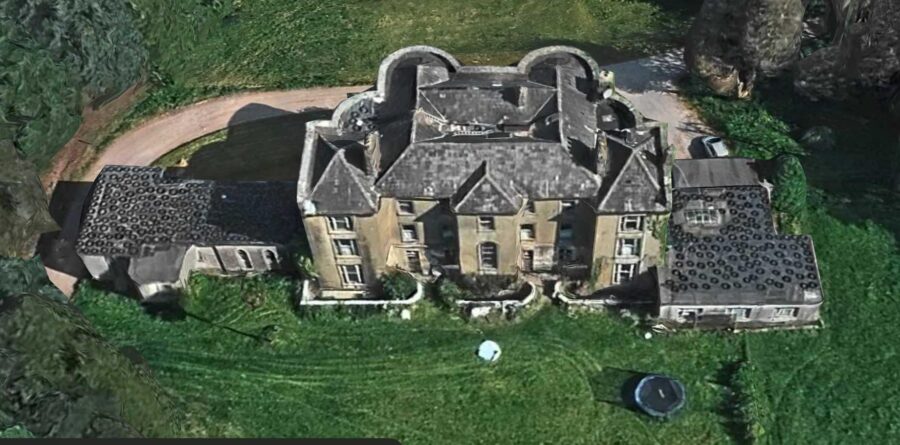
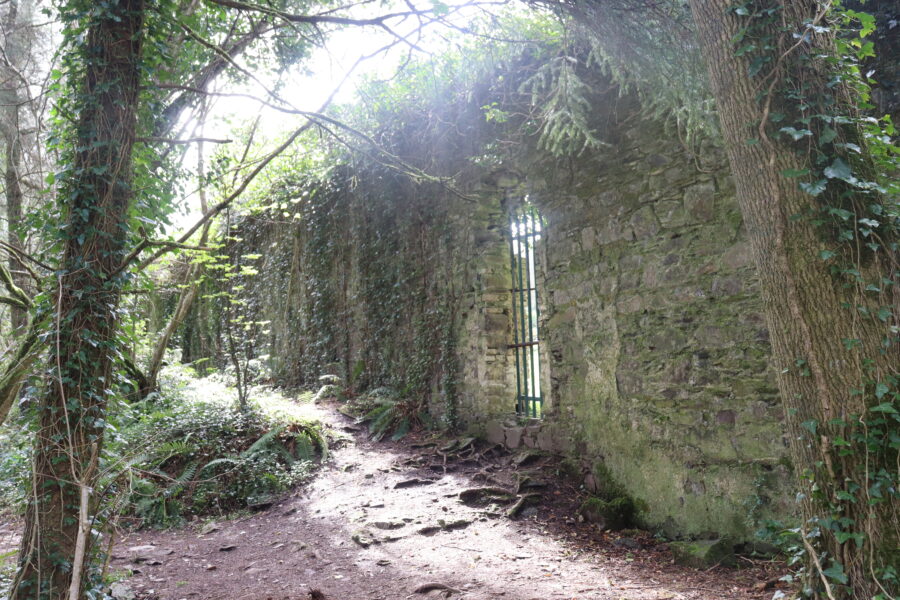

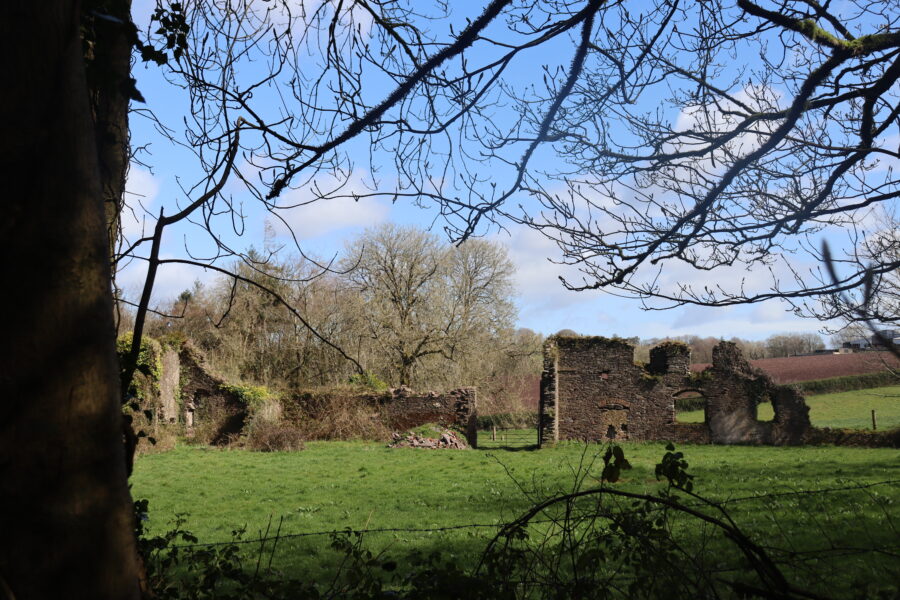
In August 1922, Old Court Woods became a battlefield for the Battle of Douglas. Across fields and woodlands, Anglo Irish Treaty supporters faced off against Anti-Treaty forces. It was part of the largest seaborne landing of the Irish civil war and was aimed at taking Cork City. General Emmet Dalton of the Provisional Government or National Army led 800 troops, with two artillery pieces and armoured cars, all of whom landed at Passage West.
The Battle of Douglas began in the early hours of Tuesday 8 August 1922 when the boat conveying the National Army troops quietly steamed up the river to Passage for their landing. When daylight came the whole area was occupied by IRA members or also known as Irregulars, numbering several hundred. They had machine guns in position at various points, no less than three having been set up at Rochestown Cross.
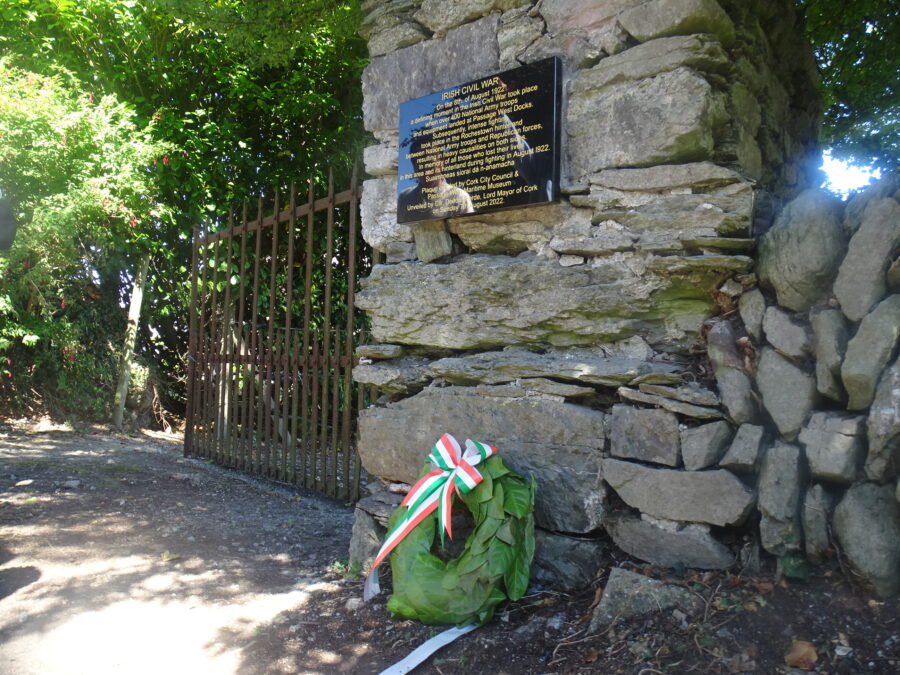
As the battle progressed the Irregulars fell back on the hills south of Rochestown, blocking the road with fallen trees and other obstacles as they went. Lorries of reinforcements from Cork arrived to replace those moved to the south of the main Rochestown Road. The total number of Irregular forces operating in the Rochestown area would have been about 600. Of these 200 were the reinforcements which had been sent on from Cork.
During the 1922 battle, the house of Dr James Lynch or Garryduff House was used as a Red Cross hospital for the Free State army. Dr Lynch noted:
“When the fight was over, the Free State soldiers, the wounded and the prisoners all arrived back to my place. As most of them had had no food for more than 24 hours, you can better imagine than describe their appetites. They struggled back in batches of 8 to 10, sometimes with prisoners, generally bearing or helping the wounded. As there were a few cases waiting for me when I got back, I threw off my coat and waistcoat, turned up my sleeves and got to work. When a batch came along, the wounded would be deposited in my study, the rest would leave their rifles and machine guns in the hall, then go into the dining room where they got tea, bread and butter, bacon and eggs as fast as my wife, my two daughters and the two servants could serve them…The wounded kept coming in for hours without a break”.
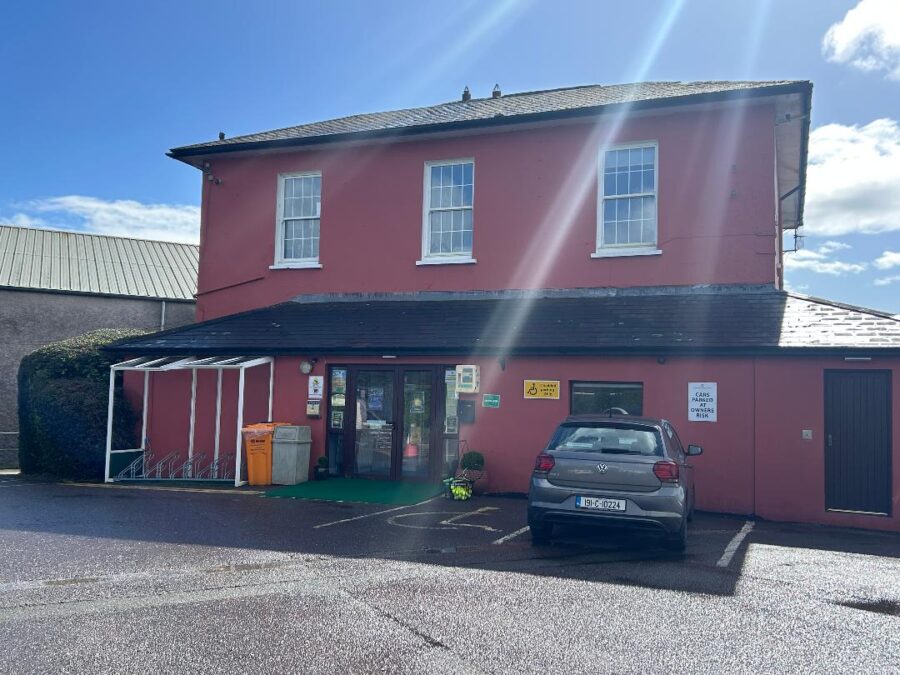
In 1969 the Incorporated Church of Ireland Cork Young Men’s Association (ICICYMA) purchased 20 acres at Garryduff House and its estate. For the association it meant selling the Greg Hall, South Mall and the grounds at Glasheen Road. The transfer of all club activities to Garryduff was completed in 1972. In time, state of the art playing facililties developed at the emerging Garryduff Sports Centre.
The woodland, now managed by An Coillte, is a mixed woodland of approximately 26 hectares. Prominent features comprise walls and some old ruins connected with the old estate. A number of small streams that flow through the woodland on their way out to Cork Harbour.
Click here to download the An Coillte trail map:
Cork-Oldcourt.Garryduff.pdf (coillte.ie)
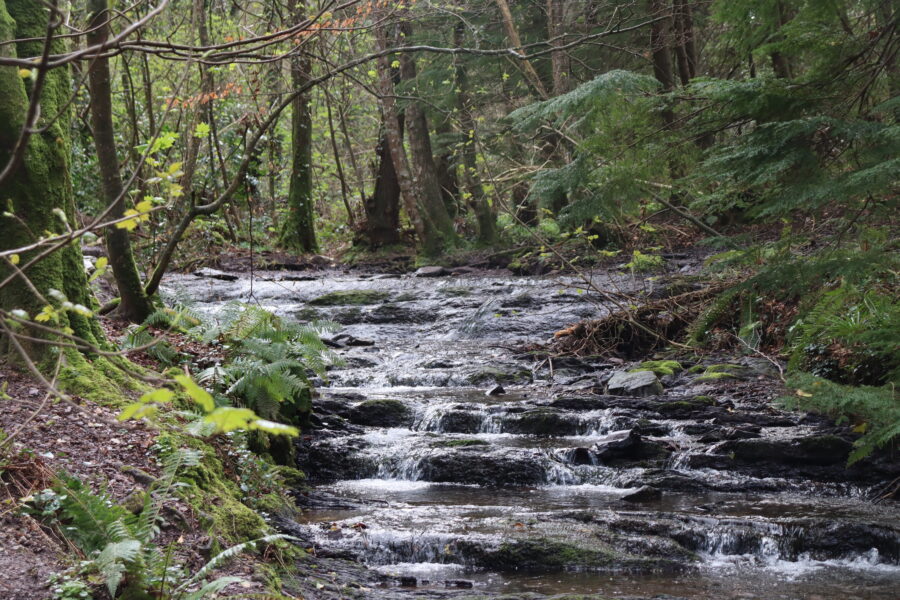
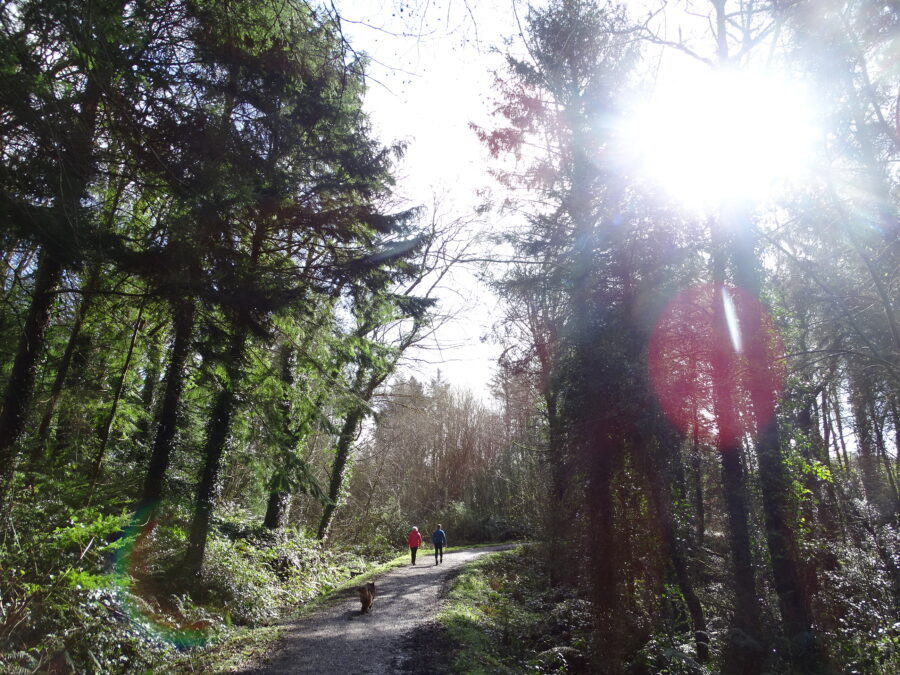

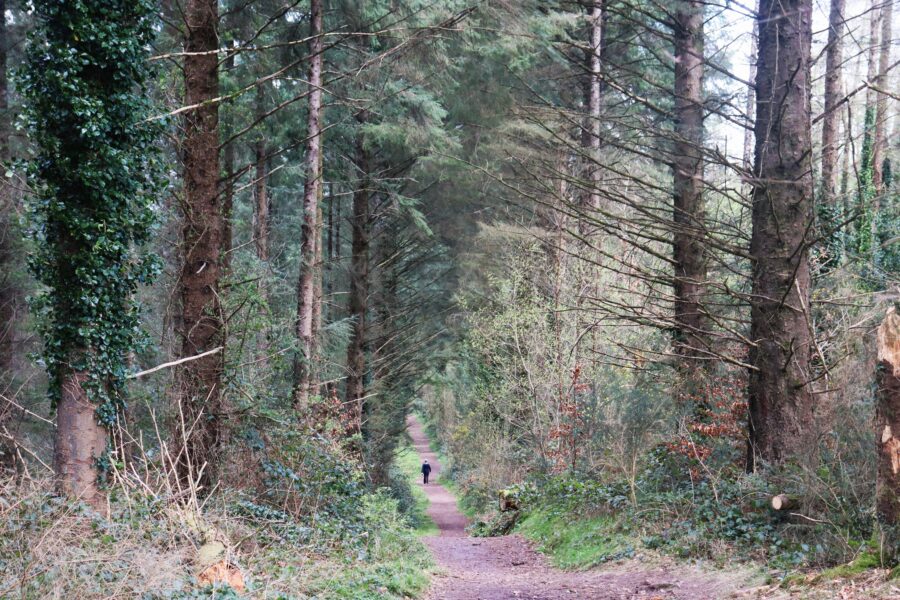
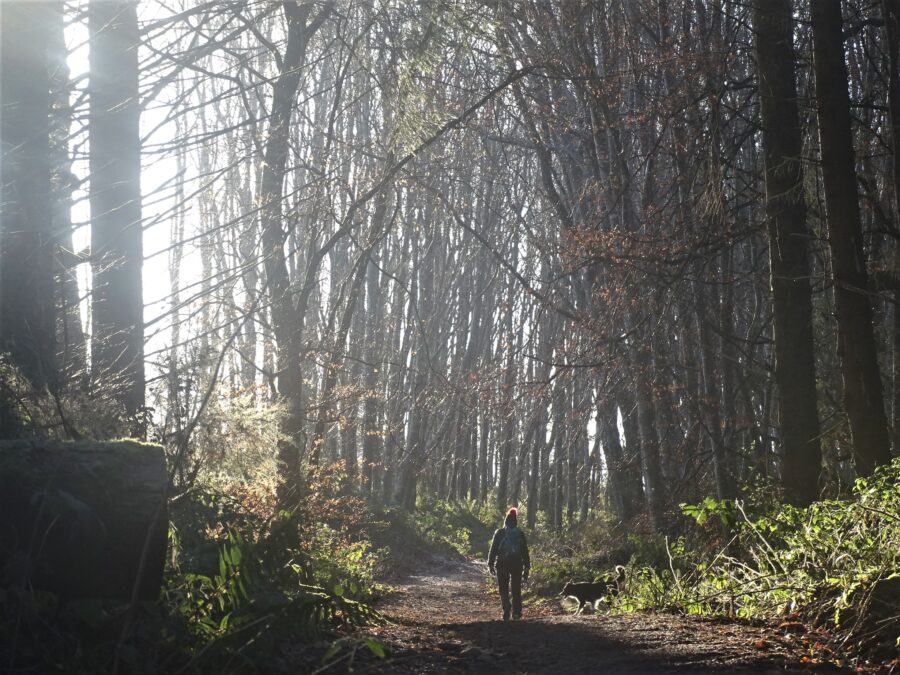
Read about Tramore Valley Park here, 16. Tramore Valley Park | Cllr. Kieran McCarthy